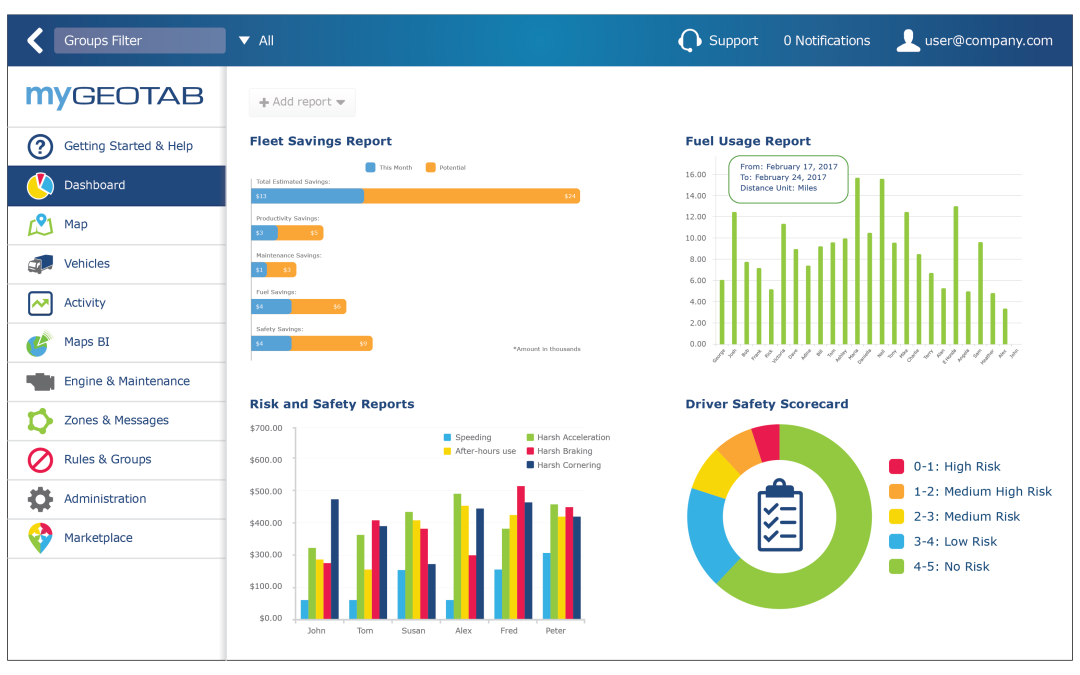Everyone knows a back-seat driver, that passenger who interjects opinions while in route. They’re annoying. But often right. Which is even more annoying. These days the back-seat commentator has moved to the front seat, and the feedback isn’t coming from a passenger but your phone. Welcome to the world of telematics, also known as usage-based insurance.
Here’s something every restaurant owner knows: commercial insurance rates, including for hired and non-owned auto coverage, are brutal. And they have been for a while. They have been rising for 25 straight quarters, according to the Council of Insurance Agents and Brokers. Read that again. Twenty-five straight quarters. With no sign of abatement.
Domino’s, which relies on drivers, has noticed. On its last earnings call, when it reported a slowing of revenues, it named rising insurance costs as a factor.
And the issue isn’t just rising rates. It’s about getting coverage at all.
“The way carriers determine premium is they do a rate per $1,000 in delivery sales,” explained Zach Kuperman of Hub International. “Let’s say it’s $30. If you have a store that does $1 million in delivery, that’s $30,000 in premium for just the hired and non-owned auto insurance. If I’m the carrier I collect $30,000, but I have 18-year-old kids trying to deliver pizza as fast as they can. One accident is going to do $50,000 in damages, even if no one gets hurt, because cars are so expensive these days. That’s why rates have been going up. That’s why fewer carriers are even offering hired and non-owned auto coverage.”
Spencer Duvall of Lockton Companies is noticing the same thing. “Restaurants are kind of a niche market. It’s not like there are 30 insurance companies out there that like to write insurance for restaurants. A lot of insurance companies are in and out of it.”
Yikes. But there is hope. Telematics.
Every Breath You Take
Businesses that rely on delivery often hire vendors to provide tracking devices that plug into a vehicle’s onboard diagnostics port. After that every move is recorded and assessed. The device can give gentle audible reprimands on everything from speeding to hard stopping to breaking and more. It’s like a Police song without the melody. And it works. Fleets using telematics have experienced a sharp decrease in accidents, including a 30 percent reduction due to improved driver behavior, according to the National Highway Traffic Safety Administration.
But these days an external device isn’t even needed. You just need a smart phone. Many telematics vendors can aggregate and analyze data through an app.
“I see telematics as helpful in curbing distracted driving, which plays a huge role in auto claims and accidents,” said Jeannie Hylant of Hylant Insurance. “The technology can tell if you pick up your phone and are playing with it. It can disable phone usage in a car by blocking the signal. It can help modify these behaviors that are so destructive.”
Geotab is one of the world’s leading commercial telematics providers and has identified the reduction of driver distractions as one of its selling points.
“We offer features like hands-free communication, real-time alerts, driver fatigue monitoring,” said Carole Reader, business development manager at Geotab. “By leveraging these tools, food-service operators can enhance their safety protocols, ensuring that their drivers remain focused. This enables insurance providers to offer lower premiums to businesses that demonstrate consistent safe driving records.”
Kuperman thinks telematics will be the norm soon. “It will be mandatory in the next two years or you won’t find carriers willing to offer commercial auto insurance at all.”
Financial Rewards for Safe Driving
The gee-whiz factor that matters to your bottom line is the ability for carriers to make rate changes in real time. Gone are the days when an insurance company would give quotes exclusively based on industry averages and historical losses. Today they can give a figure based on how a driver is doing today. Insurers can also see how drivers behave at certain times of the day, in metro or rural areas, while driving certain kinds of vehicles. All kinds of things.
With all this tech talk it’s tempting to overlook something elemental, which is still important: your relationship with your carrier. That means a human. Have a conversation. Ask about telematics. Make sure you both plan to even be around for the long term.
“Think about what your business may look like in the future,” said Duvall. “Are you trying to grow? Are you planning to sell off some stores? Make sure that your carrier aligns with your strategic needs. Where operators get in trouble is when they jump ship and go to a new carrier but then that carrier is out of the market in a couple years. Then you’re in a tough spot.”
And of course operators have another option, which would allow them to avoid the issue altogether.
“A lot of restaurants are saying, you know what?, I’ll push all this to third party. It costs me a percentage but I don’t have to pay the driver or the insurance,” said Kuperman.
For a lot of operators that may be a decision that tracks.


